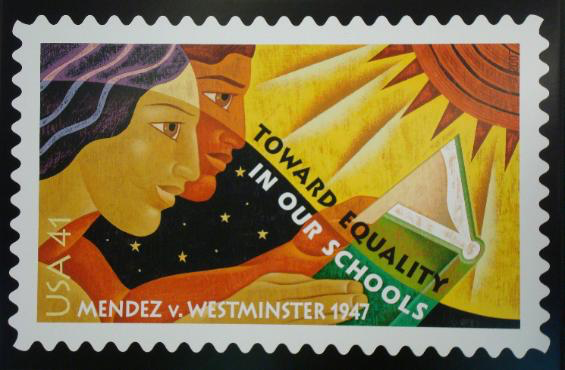In 2010, when Emerging America first focused on teaching strategies using primary sources to engage and support English Learners, we built the course content around immigration history, expanding the investigation to include the history of American communities that speak languages other than English. A key part of making curriculum accessible to all learners is teaching topics, concepts, and skills that are directly relevant to their lives. Not all English Learners are immigrants, of course. Yet many are, and today’s volatile politics of immigration impact all English Learners.
Accessing Inquiry puts the history of immigrants in context of U.S. law, court decisions, and administrative policy. Yet we focus on the people and their stories, searching for patterns and insights from the rich tapestry of nations, languages, and struggles for equal rights.
While 13.7% of Americans are foreign born, 21.8% of Americans speak a language other than English at home–more than 71 million Americans! (U.S. Census Bureau, 2017). There is great regional variation. For instance, 24% of Massachusetts residents speak a language other than English at home; 62% of these speak a language other than Spanish.
In some communities, languages other than the dominant English have endured for generations. In one of the most important court cases in U.S. history, Mendez v. Westminster, students of segregated “Mexican” schools won a 1947 federal court decision based on the 14th Amendment to the U.S. Constitution and establishing that separate schools could not be equal. In many ways, the case helped set the stage seven years later for the Brown v. Board of Education U.S. Supreme Court decision.
See the Accessing Inquiry page Immigrant History through Primary Sources for in-depth ideas and a wealth of primary and secondary sources on the topic. The Library of Congress is one of the very best sources for free source material on immigration history. Two excellent additional sources of thinking and information on immigration are Re-imagining Migration, part of Project Zero https://reimaginingmigration.org/ and the Immigrant Learning Center for reliable information on current policy https://www.ilctr.org/.




